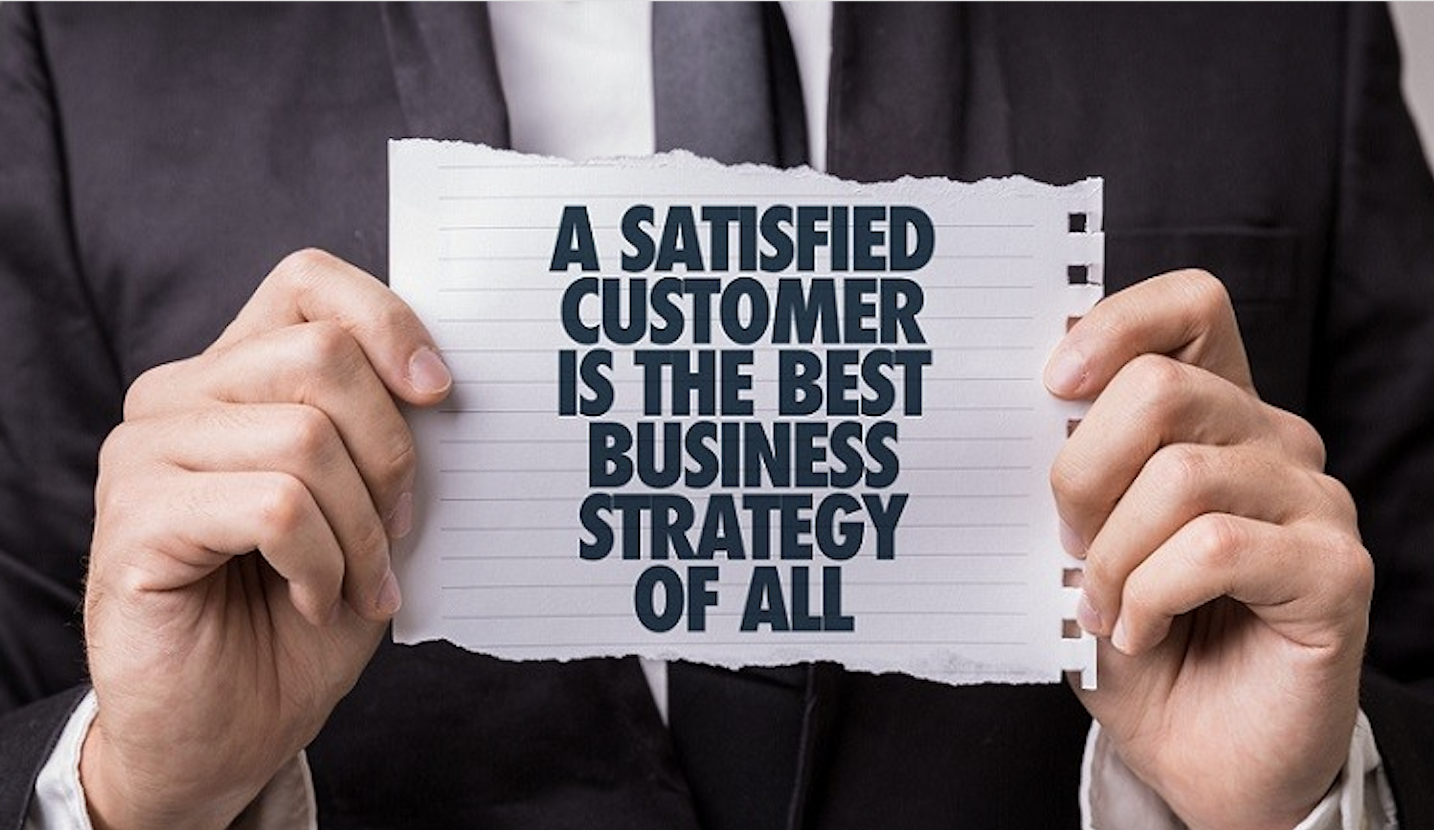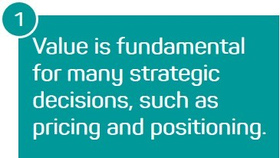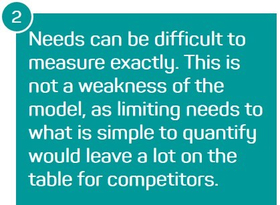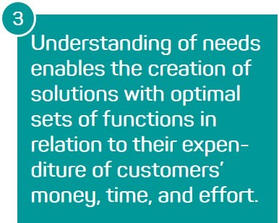
Engineering Value to Win in the Market
Written by Kent Thorén
One of the best determinants for a firm’s long-term profitability and stock price development is its ability to create customer value. It has also been argued that industry disruption and the creation of new markets occurs when someone start delivering unrivalled customer value, by leveraging a new technology and/or a new innovative business model. Value is also fundamental for many specific strategy decisions, like pricing, positioning, and for getting that treasured word-of-mouth endorsement for your product or service.
This makes it evident that understanding what value is and how it can be engineered is a critical competence in business. Surprisingly often, however, I find that professionals struggle without a proper grasp of the concept.

The starting point for sharp thinking is precise definitions. There are several ways to define value. Kim & Mauborgne, for example, define value as utility – price – cost. This is a useful definition as it i) emphasizes the relationship between what a customer gets from a product and what he or she has to give in order to get it, and ii) includes all cost related to buying and using the product, not only the upfront price. As an analytical tool, it outputs what we call added value which – among other things – is useful for calculating the business case for a purchase decision.
Another interpretation, EU standard definition of value (Standard EN: 12973) is perhaps more analytically flexible and refined. It states that customer value is the satisfaction of customer needs in relationship to the use of customer resources. With this model, suppliers can simulate products with many different sets of benefits, over the whole life cycle, and determine whether they have higher customer value than rival products have. With appropriate data about well-defined customers, it is simple to make cost-benefit analysis of different solutions and thuse ensure a superior value on the market.
One key consequence of this definition is that there is only one way to provide value and that is by satisfying the needs of the customer. Needs, in turn, are defined as the customer’s requirements or desires. Think of it as outcomes sought by the customer in terms of something that happens as a result of using a product or service. To enable further analysis and value-engineering options Per Lindstedt at Value Model, a leading innovation consultancy, refined and extended needs into i) solving problems, ii) creating results, and iii) improving feelings. The optimal input for product design is concequnetly the complete understanding of this kind of need structure for different customers.

Note that needs are subjective and difficult to measure in many cases. This is not a weakness of the model, as limiting needs to only include quantifiable aspects would leave a lot on the table for competitors*.

The denominator – the consumption of customer resources – can also be divided into three subcategories, namely i) cost (again, including both price and other costs), ii) time and iii) effort, which give an additional set of independent levers for engineering higher value. Opportunities to decrease any of them provide effective ways to offer a more valuable product!
Another way to divide the six dimensions is into logical (problems, results, time, money) and emotional (feelings and effort) aspects. Based on a solid understanding of the six value drivers it is possible to create solutions that has the best combination of functions (which often are measurable and can be quantified into economic value) that deliver on the most important needs at a minimum consumption of customers’ money, time, and effort. This gives a strong value proposition, which, after market testing, you can build effective processes around. (More about functions and processes another time.) Thereby you can win in the market by focusing your efforts on unrivalled customer value all the way through the product development process.

Formulating USPs and strategic positioning comes later, in the communication phase, and will be much easier to do if customer value is high and deliberately engineered from customer insight. However, make sure to do it well as customers can only value benefits they understand. Interestingly, research suggest that solving problems is most effective sales trigger. Creating results is also very important, but often needs to be translated into a business case before it triggers a purchase. About feelings it appears to be a factor in most cases, even in B2B, but rarely the most important one. Still, playing on feelings can make an offer appear more valuable and help positioning it favorably against competitors.
* In any case, there are methods for gaining sufficient understanding of needs by using ordinal scales, comparison with alternatives, and sophisticated statistical methods like voice-of-the-customer or conjoint analysis.
The original article was posted on LinkedIn.
